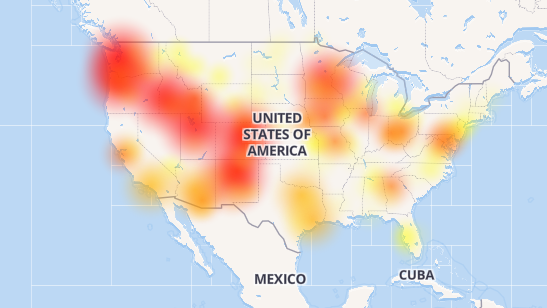
CenturyLink Down, Not Working? Nationwide Outages Reported By Users
When the Internet was created in the 1960s by the U.S. Defense Department's Advanced Research Project Agency, it was designed to be "self healing." That means if one part of the network is taken out (in DARPA's scenario, a nuclear strike on one or more American cities), the network routes around the damaged areas and keeps functioning as a "network of networks."
As legacy telephone and cable companies became Internet Service Providers using the Internet protocol technology to deliver voice, video and data telecommunications, the survivability and redundancy built into the Internet has weakened. Too much of their network operations functions are centralized, rendering their entire national networks vulnerable to a single hardware or software glitch as shown by today's most recent outage taking down much of CenturyLink's network.
The lesson here for policymakers and regulators is the United States needs to ensure the advanced telecommunications services the Internet transports must be designed and managed to build on the original resilient design of the Internet. That could mean reducing the role of private sector, investor owned players like CenturyLink that are naturally inclined to limit network operational capabilities in order to avoid the expense of managing multiple and redundant network assets.
While technically more complex, given their vital role advanced telecommunications should be as solid and reliable as basic analog voice telephone service that preceded it.